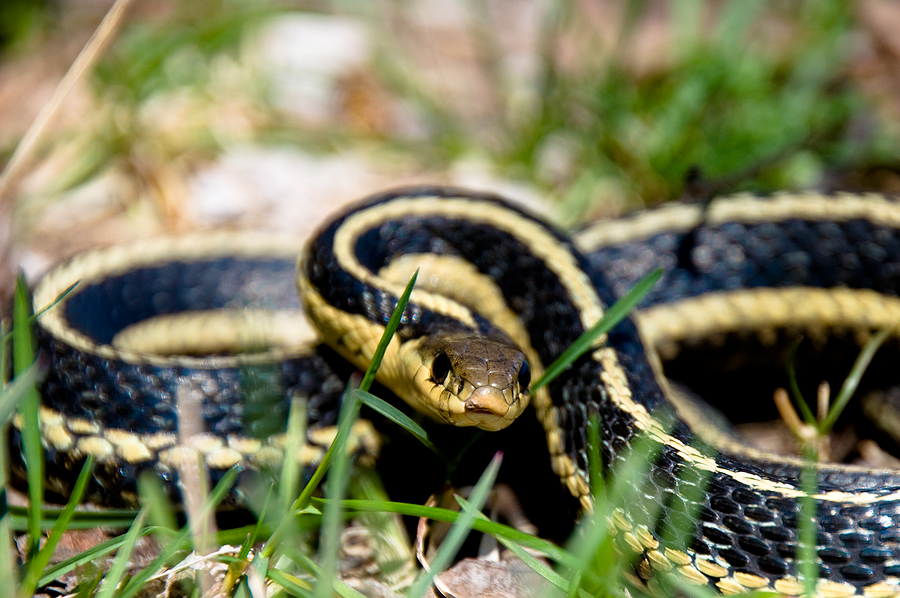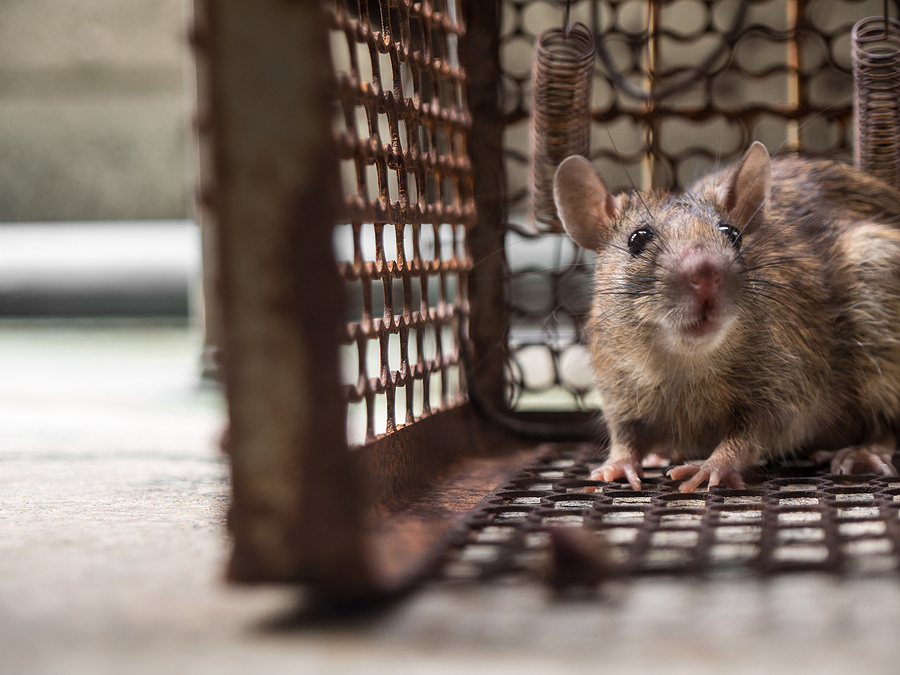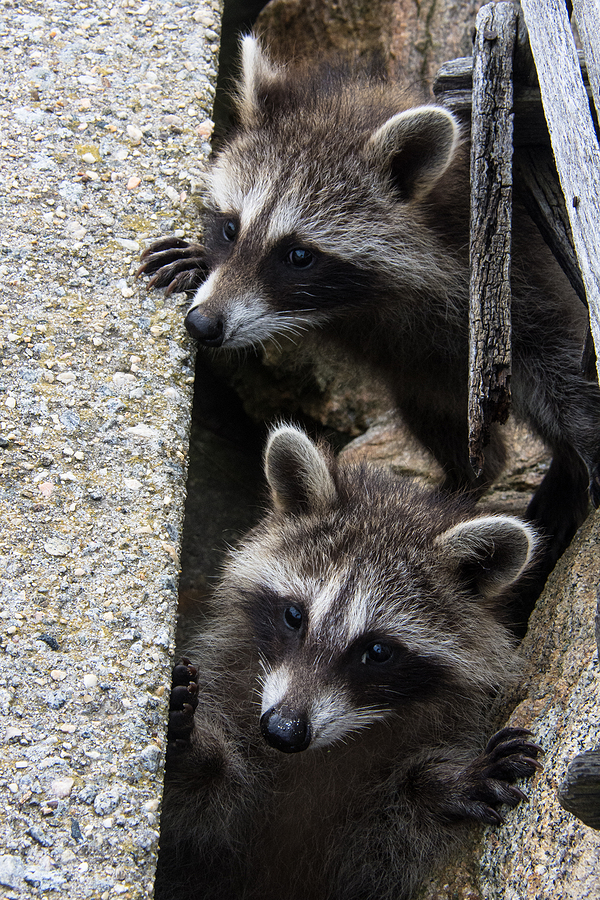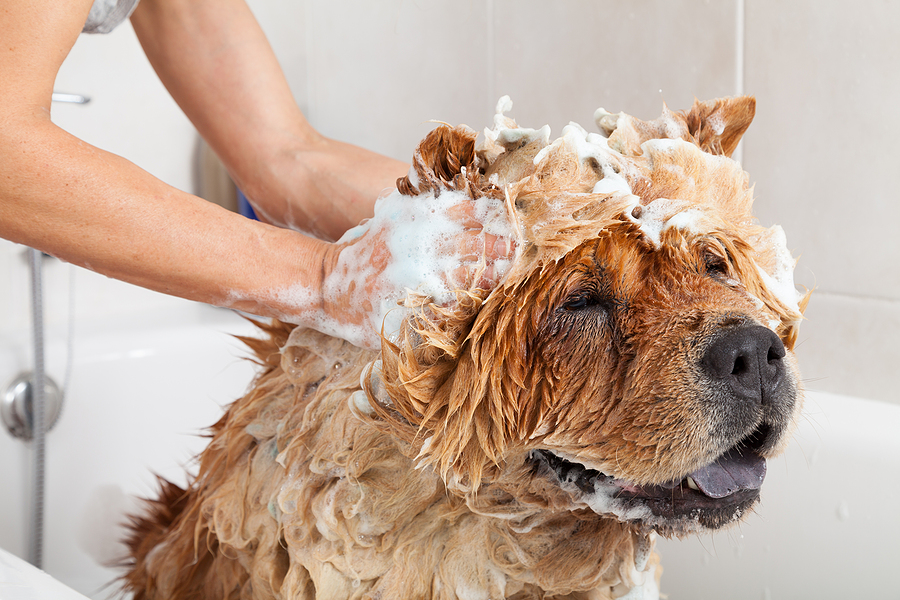Virginia’s diverse ecosystems provide ideal habitats for numerous snake species, making encounters with these reptiles a common occurrence for residents and outdoor enthusiasts. While most snakes pose no threat to humans, understanding how to safely navigate these encounters is essential for protecting yourself and your family.
Snake encounters don’t have to be dangerous situations. With proper knowledge about local species, preventive measures, and appropriate response techniques, you can significantly reduce risks while coexisting peacefully with Virginia’s native wildlife. This comprehensive guide will equip you with the essential information needed to handle snake encounters safely and confidently.
About 300-400 snake bites occur annually in Virginia, with most being non-venomous. However, even non-venomous bites can lead to infections and complications if not properly treated. By learning to identify common species and implementing proven safety strategies, you’ll be better prepared for any wildlife encounter on your property or in Virginia’s natural areas.

Identifying Common Virginia Snake Species
A Venomous Species: The Copperhead
Virginia hosts only three venomous snake species, with the copperhead being the most commonly encountered. Copperheads display distinctive hourglass-shaped crossbands across their copper-colored bodies, which help distinguish them from harmless species. These snakes prefer wooded areas, rocky outcrops, and suburban environments where they hunt for small mammals and insects.
Recognizing a copperhead from a safe distance requires attention to specific physical characteristics. Their thick, muscular bodies, triangular heads, and heat-sensing pits between their eyes and nostrils are key identifying features. Copperhead snakes typically measure 2-3 feet in length and exhibit relatively docile behavior, often relying on camouflage rather than aggressive defense.
Non-Venomous Species You’ll Encounter
The black rat snake ranks among Virginia’s largest native species, often reaching lengths of 6 feet or more. These excellent climbers display shiny black scales with white markings between the scales, creating a distinctive checkerboard pattern on their bellies. Black rat snakes provide valuable pest control services by consuming rodents, making them beneficial neighbors despite their intimidating size.
Northern water snakes frequent Virginia’s waterways, where they hunt for fish, frogs, and aquatic invertebrates. Their brown or gray coloration with dark crossbands often leads to misidentification as venomous species. However, these snakes possess round pupils and lack the heat-sensing pits characteristic of venomous species.
The eastern racer displays solid blue-black or brown coloration as adults, though juveniles show distinct blotched patterns. These fast-moving snakes prefer open areas and forest edges, where their speed helps them capture prey and escape predators.
Eastern garter snakes represent Virginia’s most commonly observed species, displaying three distinct yellow stripes running lengthwise along their dark-colored bodies. These small, harmless snakes adapt well to various habitats and often appear in suburban gardens and parks.
Understanding Snake Behavior and Habitat Preferences
Snakes exhibit predictable behavioral patterns that can help you anticipate and avoid encounters. Most Virginia species remain active during warmer months, typically from April through October, with peak activity occurring during spring and fall when temperatures moderate. During hot summer days, snakes seek shade under rocks, logs, or structures, becoming more active during cooler morning and evening hours.
Understanding habitat preferences allows property owners to identify potential encounter locations. Snakes gravitate toward areas offering shelter, food sources, and appropriate temperatures. Rock piles, brush heaps, tall grass, water features, and structures with gaps or crawl spaces create attractive snake habitats.
Seasonal movement patterns also influence encounter likelihood. Spring brings increased snake activity as they emerge from winter dormancy to mate and establish territories. Fall activity spikes as snakes prepare for hibernation, often moving longer distances to reach suitable overwintering sites.
Richmond residents frequently encounter snakes in suburban areas where natural habitats intersect with residential developments. Parks, wooded neighborhoods, and properties adjacent to water sources experience higher encounter rates due to diverse wildlife populations and abundant shelter options.
Effective Prevention Strategies for Nuisance Snakes
Studies show preventive measures can reduce snake encounters by up to 70% around residential properties. Implementing comprehensive habitat modification represents the most effective long-term solution for minimizing unwanted encounters.
Property Maintenance and Habitat Modification
Remove potential shelter sites by clearing brush piles, trimming overgrown vegetation, and eliminating debris accumulations. Keep grass cut short and remove fallen logs or rock piles near your home’s foundation. Seal gaps under porches, sheds, and other structures where snakes might seek shelter.
Address food sources that attract snakes by controlling rodent populations through proper sanitation and exclusion techniques. Store pet food in sealed containers, eliminate bird feeder spillage, and maintain clean outdoor areas that don’t support prey animals.
Water management plays a crucial role in snake deterrent strategies. Fix leaky faucets, improve drainage around foundations, and remove standing water that attracts both snakes and their prey. Consider relocating water features away from high-traffic areas if snake encounters become problematic.
Physical Barriers and Deterrents
Install snake-proof fencing around vulnerable areas using quarter-inch mesh hardware cloth buried 6 inches deep and extending 30 inches above ground. Angle the top portion outward to prevent climbing species from entering protected areas.
Commercial snake repellents show limited effectiveness, but maintaining clean, well-maintained landscapes often provides better results than chemical deterrents. Focus on eliminating attractive habitat features rather than relying on repellent products with questionable efficacy.
Schedule a Free Snake Removal Inspection ✨🐍
Safe Response During Snake Encounters
Never approach or attempt to handle any snake, regardless of species identification confidence. Maintain a minimum distance of 6 feet from any snake encountered, allowing the animal ample space to retreat safely. Most snake encounters end peacefully when humans avoid aggressive actions or sudden movements.
If you discover a snake in your immediate vicinity, remain calm and slowly back away while keeping the animal in sight. Avoid cornering the snake or blocking potential escape routes. Most species will retreat when given adequate space and time to assess their surroundings.
Protect pets during outdoor activities by keeping dogs on leashes and cats indoors, especially during peak snake activity periods. Train pets to respond to recall commands, which can prevent dangerous interactions with wildlife.
Snake Bite First Aid and Medical Treatment
Despite preventive measures, snake bites occasionally occur and require immediate medical attention. Even bites from non-venomous species can cause serious infections, allergic reactions, or other complications requiring professional treatment.
Immediate First Aid Steps
Remove jewelry and tight clothing from the affected area before swelling begins. Keep the bitten extremity at or below heart level to minimize venom circulation. Clean the wound gently with soap and water if available, but avoid excessive manipulation.
Apply a loose bandage above the bite site, ensuring you can slip a finger underneath. This compression should impede lymphatic flow without cutting off blood circulation. Mark the leading edge of any swelling with a pen and note the time to help medical professionals track venom progression. Then contact a medical professional as soon as possible to have the wound inspected and treated.
What to Avoid
Never attempt to capture or kill the biting snake, as this risks additional bites and delays medical treatment. Avoid applying ice, tourniquets, or attempting to cut the wound or extract venom. These outdated techniques can cause additional tissue damage and complications.
Don’t consume alcohol or caffeine, which can affect blood circulation and interfere with medical treatment. Remain as calm as possible and focus on reaching appropriate medical care quickly.
Professional Medical Care
Seek immediate emergency medical attention for any snake bite, regardless of species identification. Call 911 or proceed directly to the nearest emergency room equipped to handle venomous snake bites. Virginia hospitals maintain protocols for treating both venomous and non-venomous snake bite cases.
Provide medical professionals with detailed information about the encounter, including the snake’s appearance, size, and behavior. This information helps guide appropriate treatment decisions and monitoring protocols.
Professional Wildlife Control Solutions
Persistent snake problems around residential or commercial properties often require professional wildlife control services. Licensed wildlife control operators possess the expertise, equipment, and legal authority to safely remove and relocate problem snakes while addressing underlying attractant issues.
When to Contact Professionals
Consider professional snake removal services when encounters become frequent, when venomous species appear on your property, or when DIY prevention measures prove inadequate. Professional services become essential if snakes establish residence in inaccessible areas like wall voids or under foundations.
Commercial properties, schools, and public spaces benefit from professional wildlife management programs that address snake concerns while maintaining safe environments for employees, students, and visitors.
Choosing Qualified Services
Select wildlife control operators with appropriate state licensing, insurance coverage, and experience handling Virginia snake species. Reputable services provide humane removal techniques, habitat modification recommendations, and follow-up monitoring to prevent future problems.
Professional wildlife removal services often include comprehensive property assessments identifying potential problem areas and recommending specific improvements to reduce future encounter risks.
Frequently Asked Questions
How can I tell if a snake is venomous from a distance?
Virginia’s venomous species display triangular heads, thick bodies, and vertical pupils, though these features can be difficult to distinguish from safe distances. The safest approach involves treating all unknown snakes as potentially dangerous and maintaining appropriate distances rather than attempting field identification.
What natural remedies deter snakes from entering my garden?
While various home remedies claim to repel snakes, scientific evidence supporting their effectiveness remains limited. Focus on habitat modification techniques like removing shelter sites, controlling rodent populations, and maintaining clean landscapes rather than relying on natural deterrents with questionable results.
How often should I inspect my property for potential snake habitats?
Conduct thorough property inspections seasonally, paying special attention to spring and fall when snake activity peaks. Monthly walk-throughs during active seasons help identify new habitat features before they become established problem areas.
What should I do if my pet is bitten by a snake?
Seek immediate veterinary attention for any pet snake bite, as animals can experience severe reactions even from non-venomous species. Keep your pet calm and limit movement while transporting to emergency veterinary care. Don’t attempt to treat pet snake bites with human first aid techniques.
Conclusion
Understanding Virginia’s snake species and implementing proven safety strategies significantly reduces encounter risks while supporting wildlife conservation efforts. Remember that snakes play valuable ecological roles in controlling rodent populations and maintaining balanced ecosystems.
Effective snake safety combines education, prevention, and appropriate professional support when needed. By maintaining well-managed properties, responding calmly to encounters, and seeking professional help when appropriate, you can coexist safely with Virginia’s native snake populations.
If you’re experiencing persistent snake problems or need expert assistance with wildlife management, contact our professional snake removal services today. Our experienced team provides safe, humane solutions tailored to your specific situation and property needs.
Related Post: An Overview of Snake Species in Virginia









